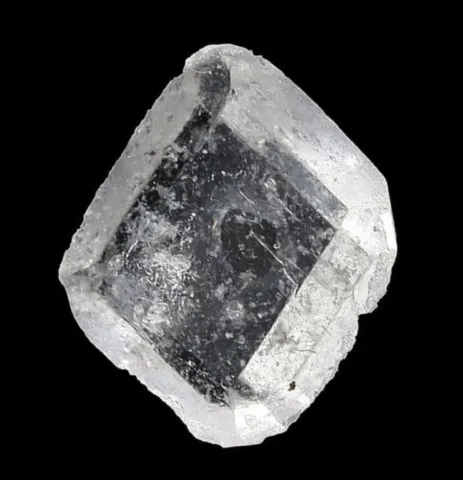KAINITE
Class : Sulfates, chromates, molybdates
Subclass : Hydrated sulfates
Crystal system : Monoclinic
Chemistry : KMg(SO4)Cl 3H2O
Rarity : Rare
Kainite is a hydrated sulfate present in marine potassic evaporitic layers, where it notably accompanies sylvite, carnallite and langbeinite. Its genesis often appears to result from a slight metamorphism of these salt formations. It takes its name from the Greek kainos (new), in reference to its secondary origin. Kainite is a mineral that usually occurs in grainy masses but can also form tabular crystals several centimeters thick. Kainite is normally colorless but is frequently colored gray, yellowish, brownish or purplish by mineral inclusions of different types. It is a source of potassium and magnesium, but very secondary given its rarity.
Main photo : Kainite from Hannover, Germany © Rob Lavinsky
Kainite in the World
Twinning
No twin known for this mineral species.
Fakes and treatments
No fakes recorded for this mineral species.
Hardness : 2.5 to 3
Density : 2.15
Fracture : Irregular
Streak : White
TP : Transparent
RI : 1.494 to 1.516
Birefringence : 0.022
Optical character : Biaxial -
Pleochroism : None
Fluorescence : None
Solubility : Water
Magnetism : NoneRadioactivity : None

